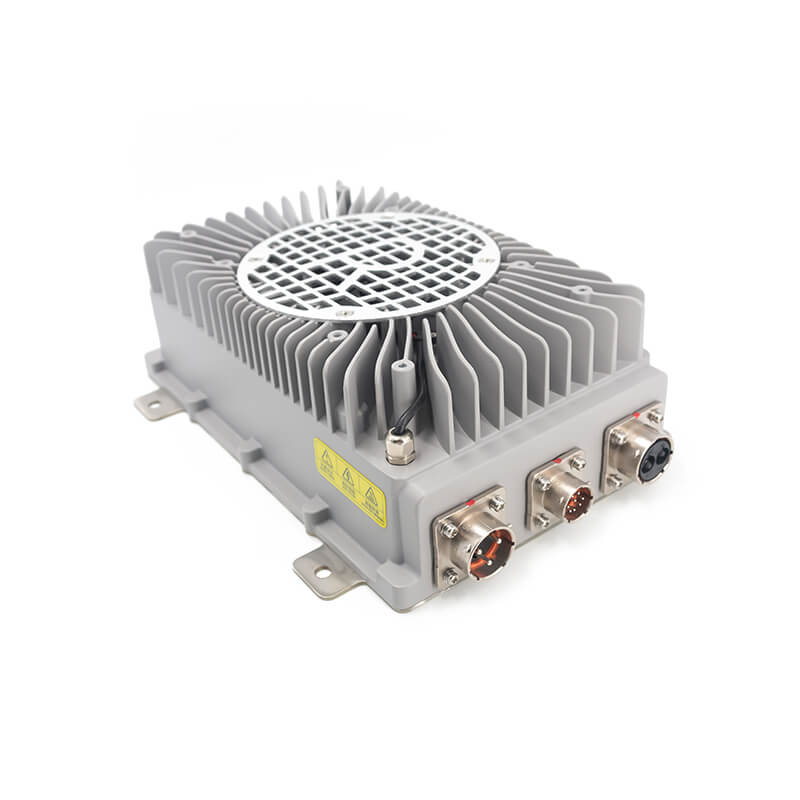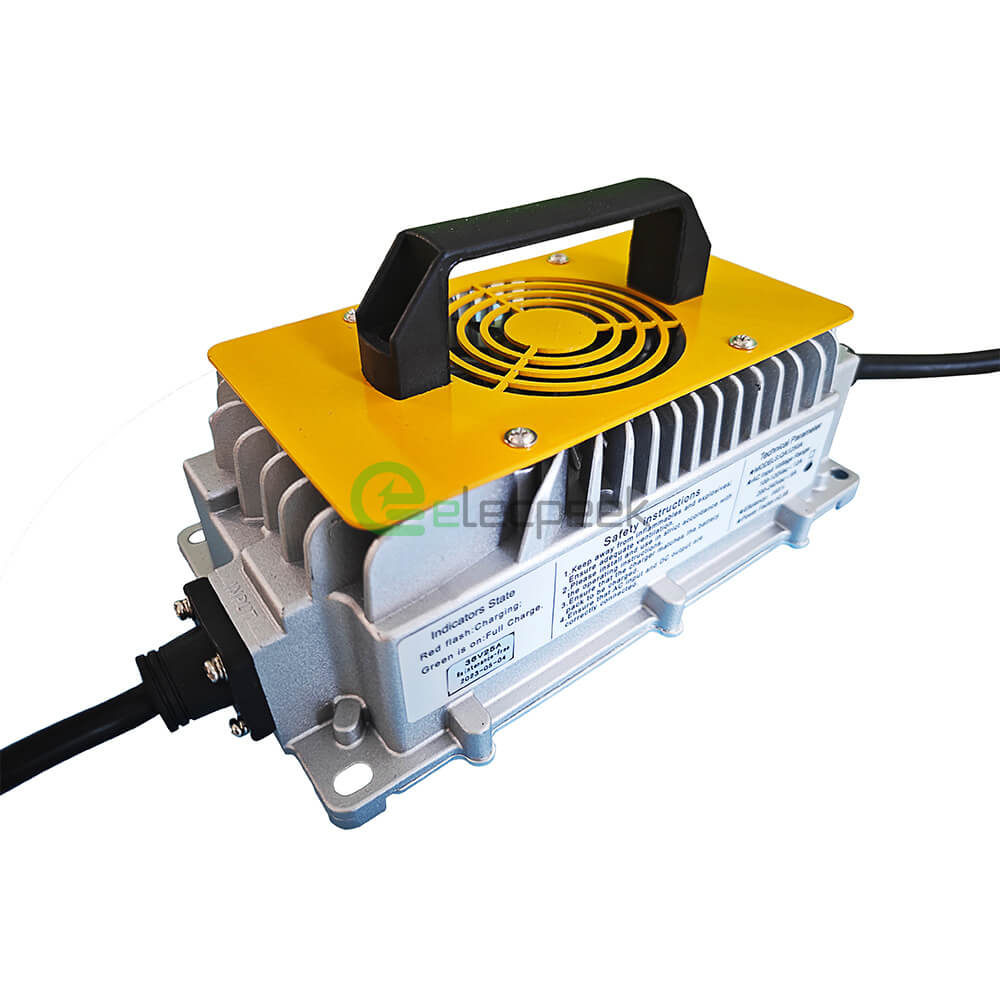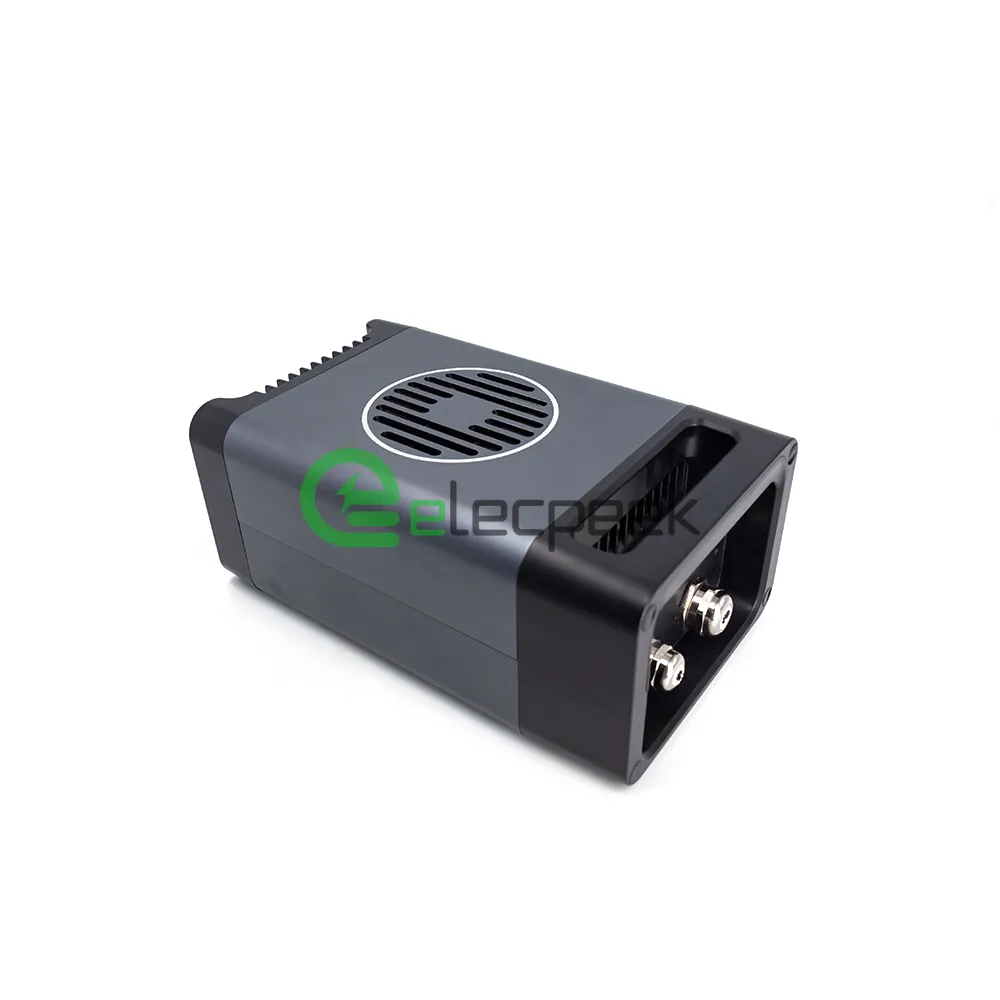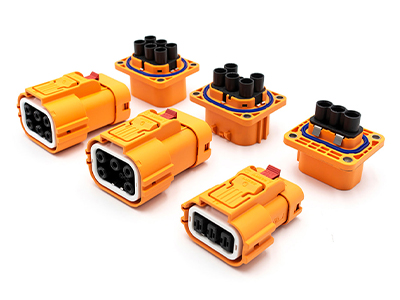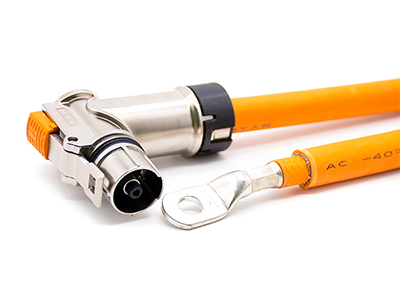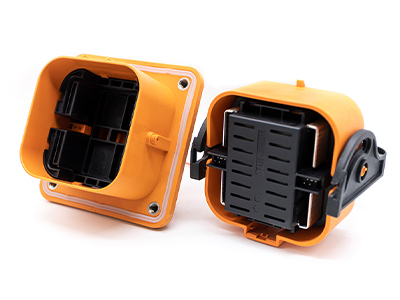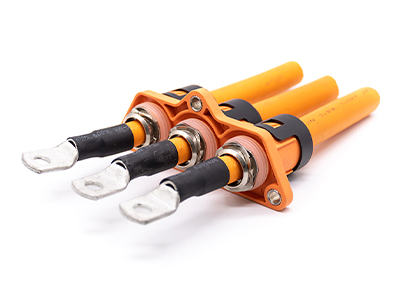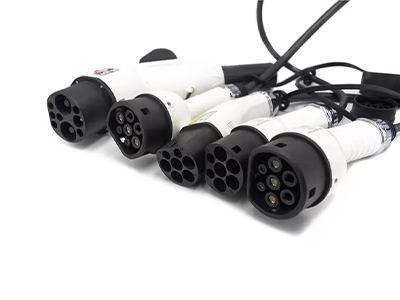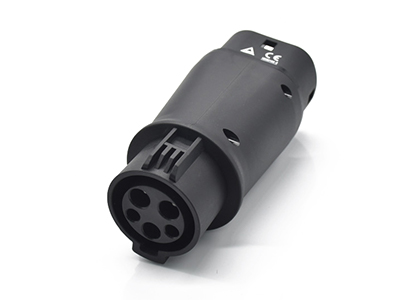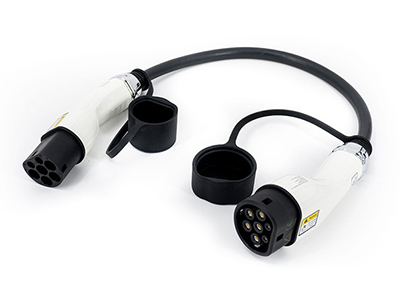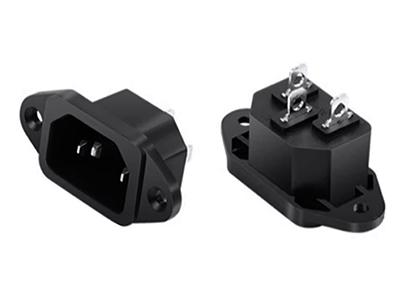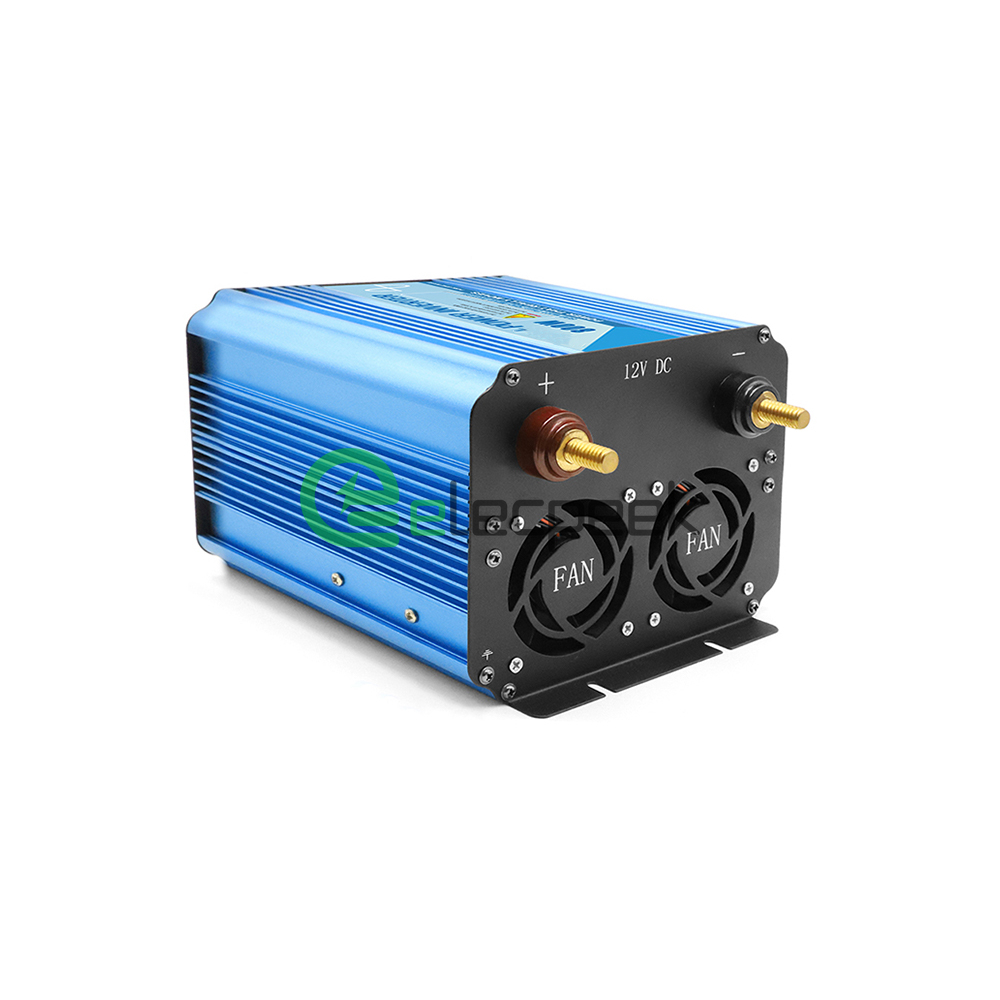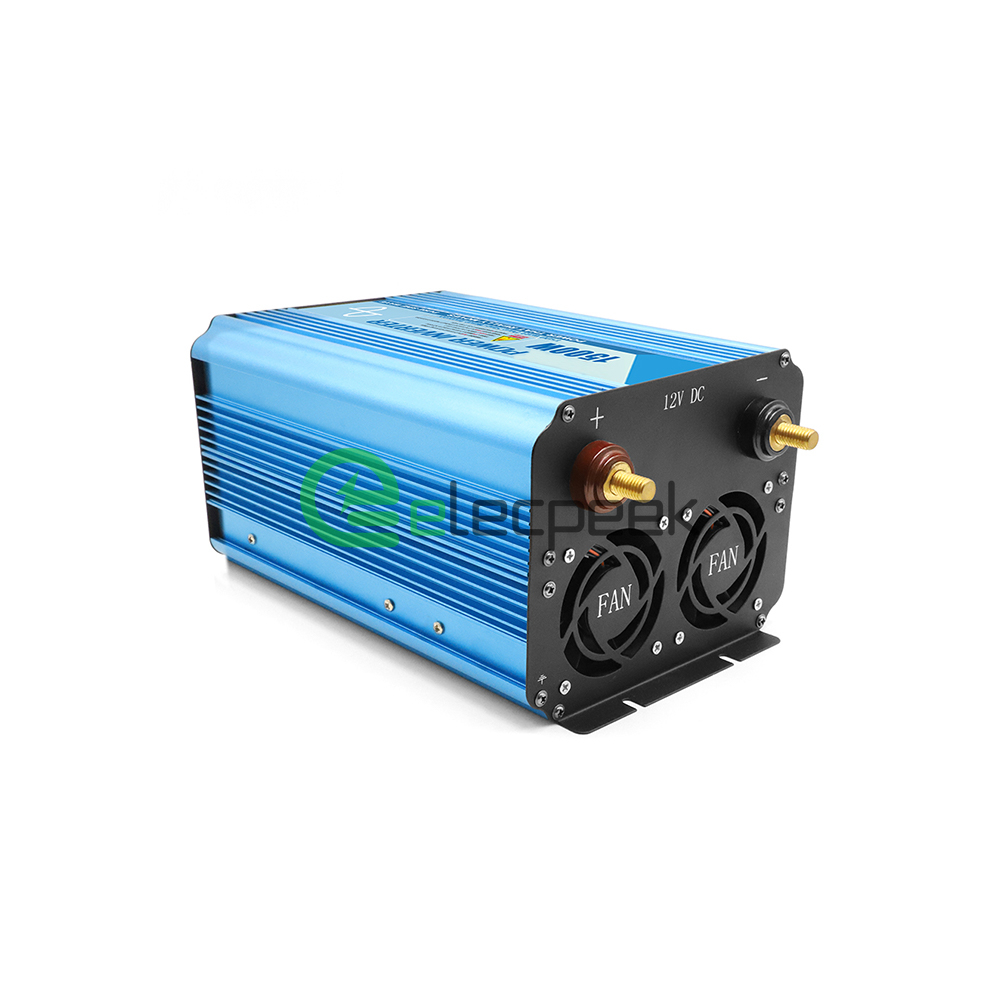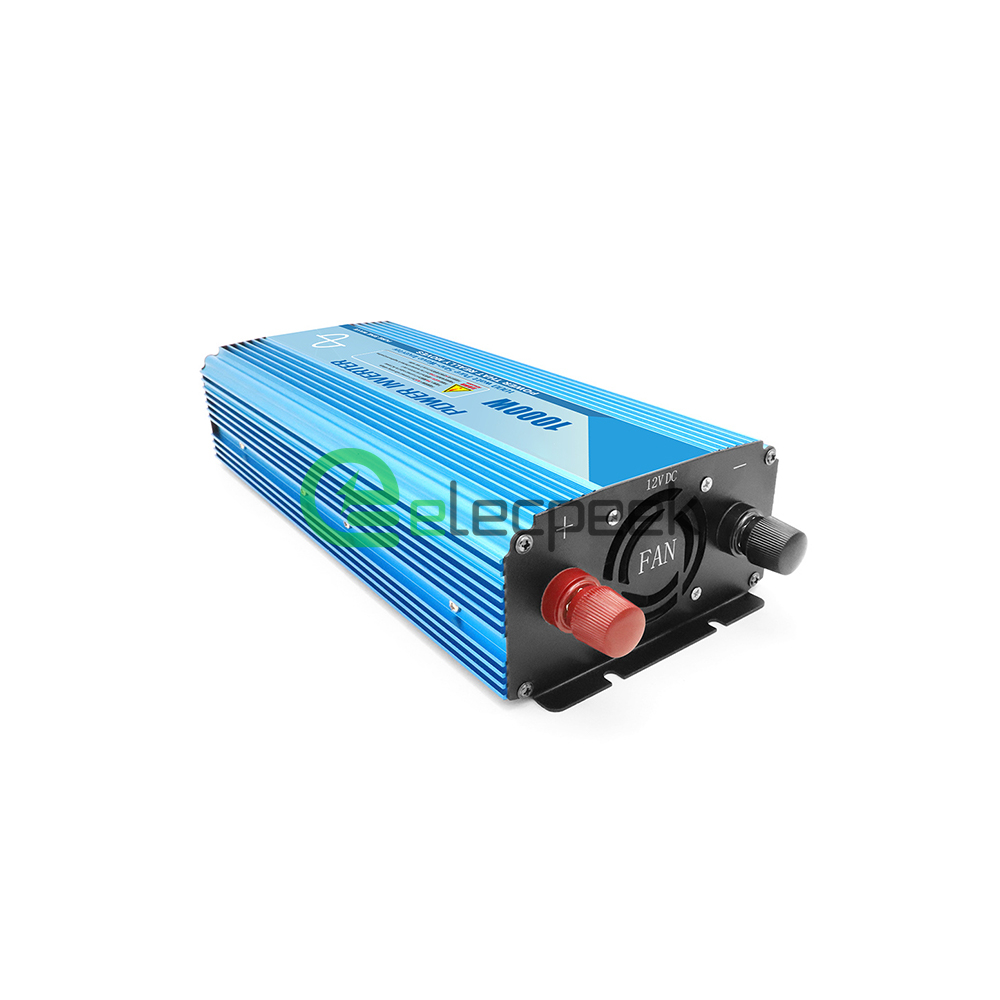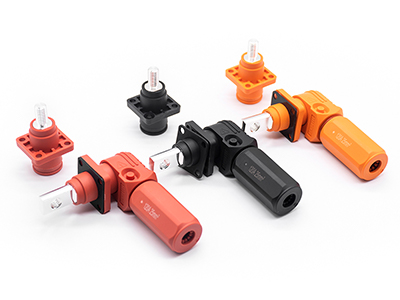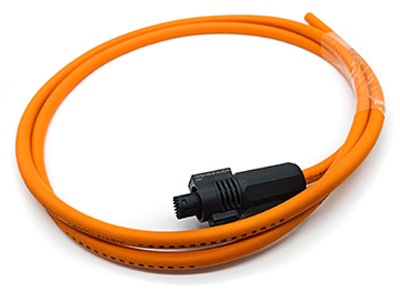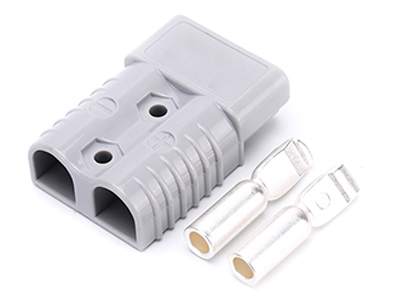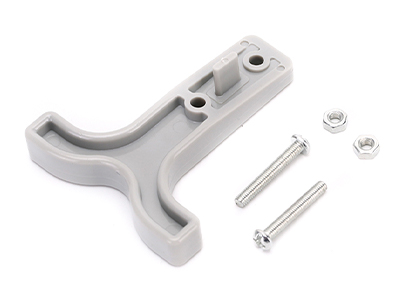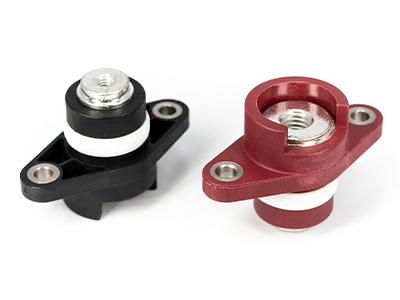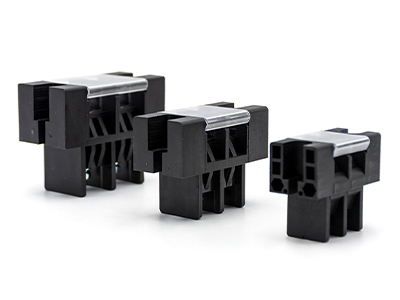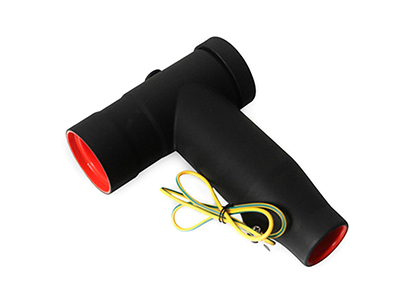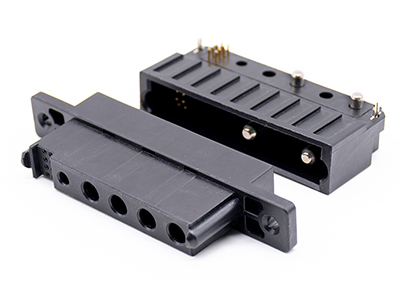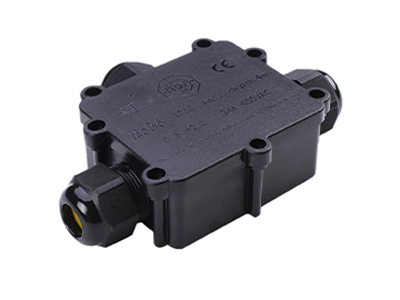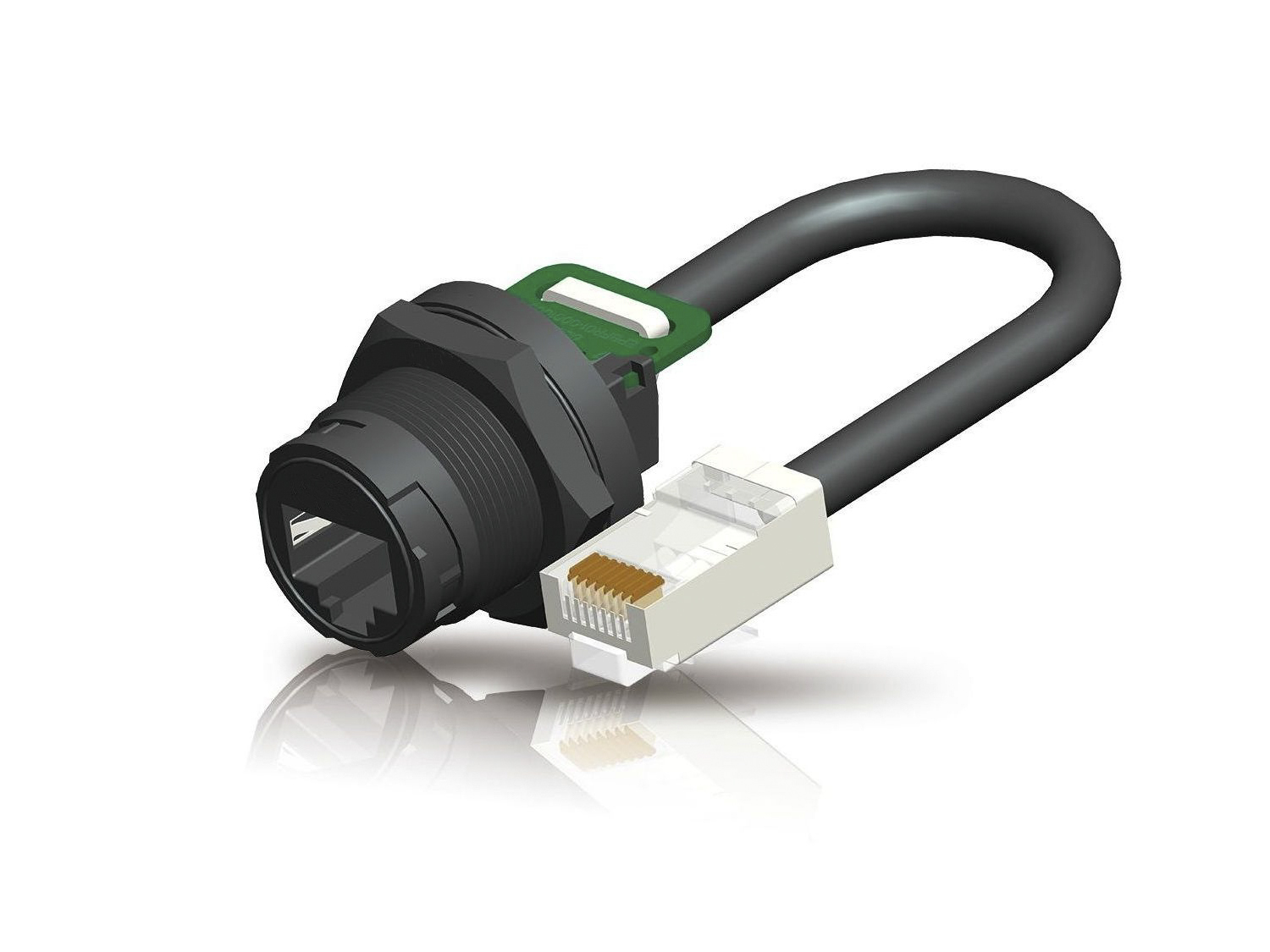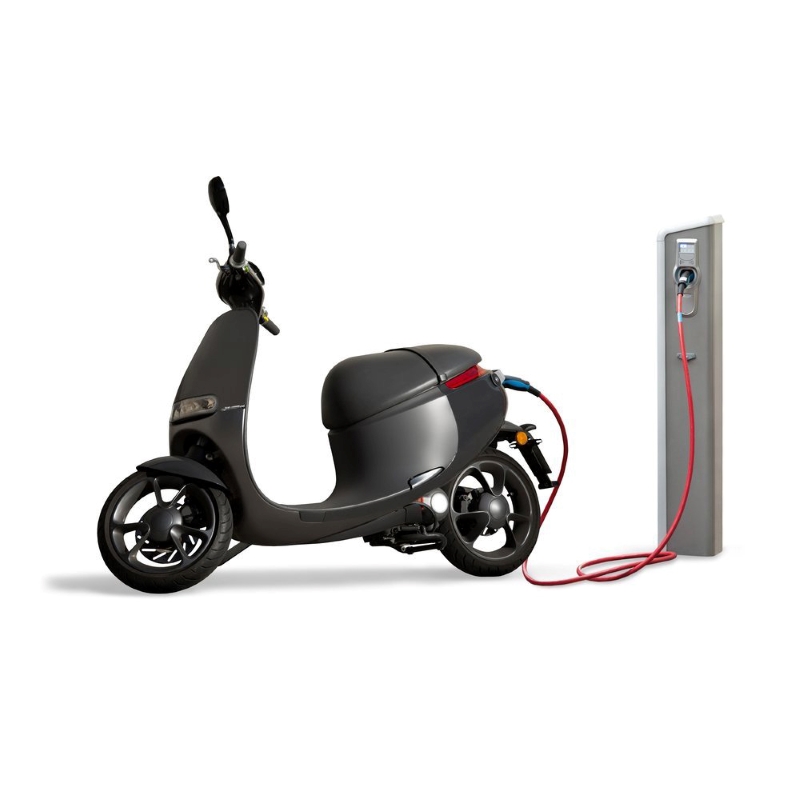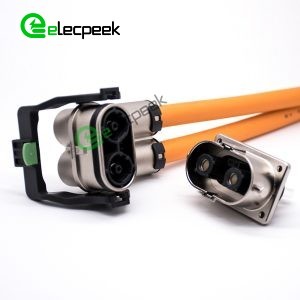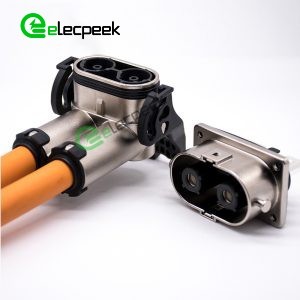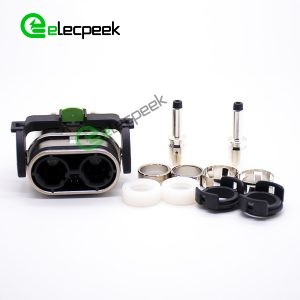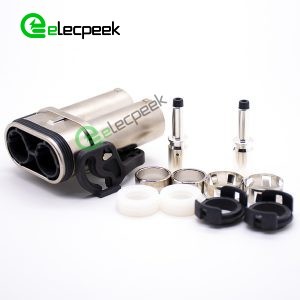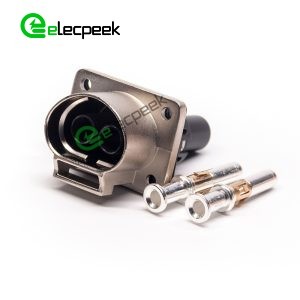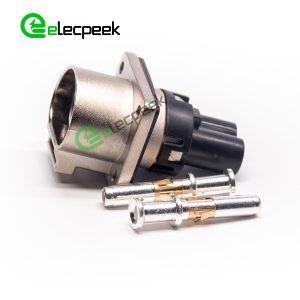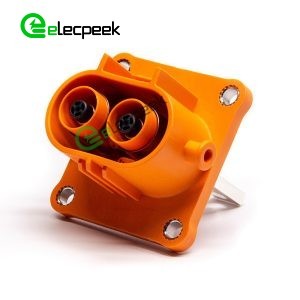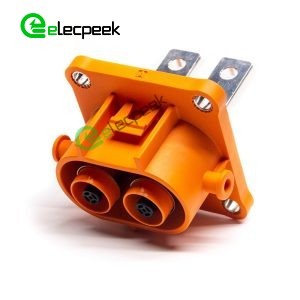News
HVIL Connector: Understanding its Purpose and Applications
HVIL, or High Voltage Interlock Loop, is a crucial component in the world of electric vehicles (EVs) and hybrid electric vehicles (HEVs). This article will delve into the purpose and importance of the HVIL connector and its role in ensuring the safety and functionality of these modern transportation marvels.
What is the HVIL Connector?
The HVIL connector is a specialized electrical connector used in electric vehicles. It is designed to connect the high-voltage components of the vehicle, including the battery and motor, to the rest of the electrical system. The HVIL connector is unique in that it is designed to be both mechanically and electrically secure. In other words, it ensures that high-voltage components are physically connected and that the electrical connection is stable and secure.
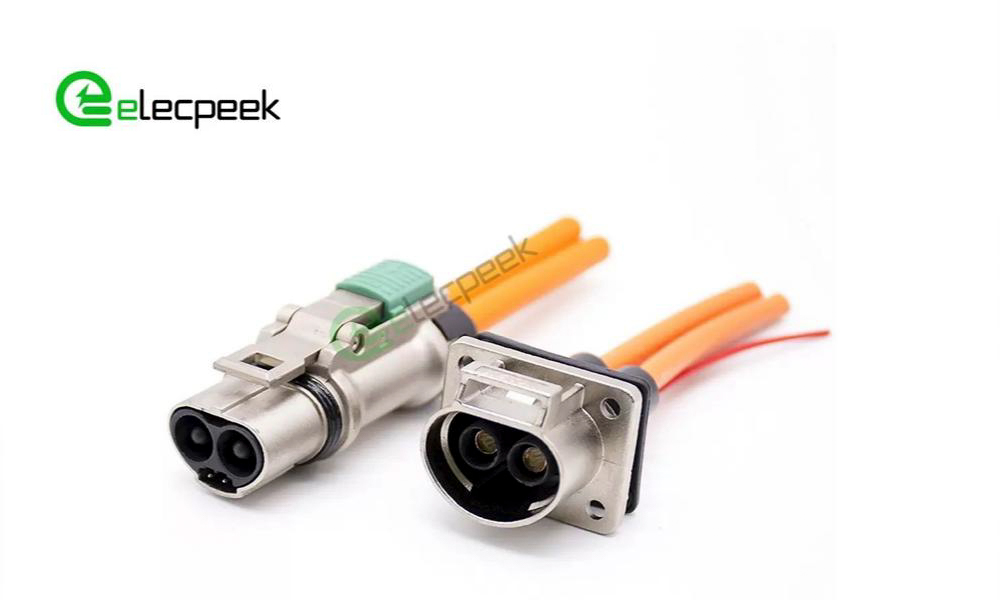
How Does the HVIL Connector Work?
The HVIL connector works by completing the High Voltage Interlock Loop (HVIL) system. The HVIL system is a safety system that is required in all electric vehicles. It ensures that high-voltage components are safely isolated from the rest of the vehicle’s electrical system until the vehicle is ready to operate. The HVIL system also ensures that the high-voltage components are disconnected in the event of an accident or other emergency.
The HVIL system works by creating a loop of wires that runs through all of the high-voltage components of the vehicle. The HVIL connector completes this loop by connecting the two ends of the loop. When the HVIL connector is in place, the loop is complete, and the high-voltage components are allowed to operate. If the HVIL connector is not in place, the loop is broken, and the high-voltage components are isolated.
Why is the HVIL Connector Important for EV Safety?
The HVIL connector is a critical component of the HVIL system, which is an essential safety feature in electric vehicles. The HVIL system ensures that high-voltage components are safely isolated from the rest of the vehicle’s electrical system until the vehicle is ready to operate. It also ensures that the high-voltage components are disconnected in the event of an accident or other emergency.
In the event of an accident, the HVIL system and connector play a crucial role in protecting passengers and first responders. If the HVIL connector is in place, the high-voltage components will be disconnected, reducing the risk of electric shock or electrocution. This is particularly important in accidents where the vehicle’s high-voltage components may be exposed, such as a collision that damages the battery pack.
The HVIL system also provides a way for first responders to safely disable the high-voltage components in the event of an accident. The HVIL connector is located in an easily accessible location in the vehicle, allowing first responders to quickly and easily disconnect the high-voltage components.
In addition to protecting passengers and first responders, the HVIL system and connector also protect the vehicle itself. In the event of an electrical fault, the HVIL system will automatically disconnect the high-voltage components, preventing damage to the vehicle and reducing the risk of fire or explosion.
The Role of the HVIL Connector
The HVIL connector is a safety feature designed to prevent potential hazards associated with high voltage systems in electric and hybrid electric vehicles. Its primary function is to ensure that high voltage circuits are not energized when they shouldn’t be, such as during maintenance, repair, or emergency situations.
An HVIL connector essentially acts as a switch that can detect when a connection is being made or broken. When the connection is secure, the HVIL system allows the high voltage circuits to be energized. Conversely, when the connection is broken, the HVIL system disables the high voltage circuits, preventing the flow of electricity and minimizing the risk of electrical shock or other hazards.
HVIL Connector Components

An HVIL connector typically consists of the following components:
- HVIL pin: The HVIL pin is responsible for transmitting the HVIL signal between the mating connector halves. It is usually longer than the other pins to ensure that it makes contact before the high voltage pins do.
- HVIL circuitry: The circuitry inside the HVIL connector is designed to sense the presence or absence of the HVIL signal. If the HVIL signal is detected, the circuitry allows the high voltage circuits to be energized. If not, the high voltage circuits are disabled.
- HVIL mating connectors: The HVIL connector is made up of two mating halves that come together to form the connection. These halves are typically designed with a keying feature that prevents them from being connected to the wrong counterpart.
- Seals and gaskets: HVIL connectors often include seals and gaskets to ensure a watertight connection, further enhancing the safety and reliability of the system.
Applications and Use Cases of HVIL Connector
HVIL connectors are primarily used in the following applications:
Electric and Hybrid Electric Vehicles
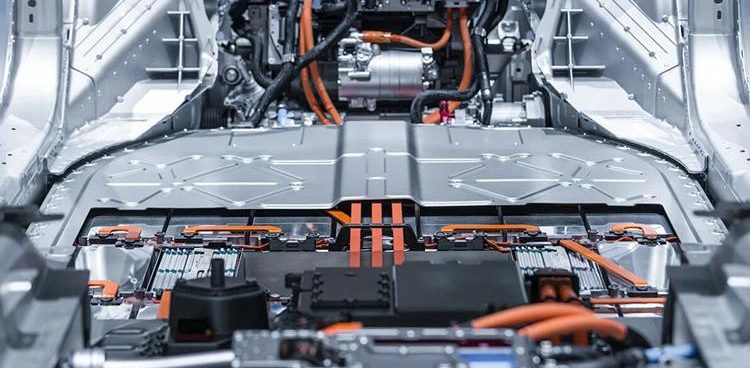
HVIL connectors play a critical role in ensuring the safety of electric and hybrid electric vehicles. They are typically used in the following systems:
- High voltage battery connections: The HVIL connector is used to connect the high voltage battery to the vehicle’s electrical system. It ensures that the battery is not energized during maintenance or other situations where it may be unsafe.
- High voltage charging connections: When an electric vehicle is plugged into a charging station, an HVIL connector ensures that the charging cable is not energized until it is safely connected to the vehicle.
- High voltage accessory connections: HVIL connectors are also used for high voltage accessories, such as electric compressors and heaters, to ensure that these components are not energized when disconnected.
Industrial and Commercial Applications

In addition to their use in electric and hybrid electric vehicles, HVIL connectors are also employed in various industrial and commercial applications that involve high voltage systems, such as:
- Energy storage systems: HVIL connectors can be used to connect energy storage systems, such as large-scale battery banks, to the electrical grid or other loads.
- Solar and wind power systems: HVIL connectors help ensure the safety of solar and wind power systems by preventing the energization of high voltage circuits during maintenance or repair work.
In conclusion
The HVIL connector is an essential safety feature for electric and hybrid electric vehicles, as well as other high voltage applications. By preventing the energization of high voltage circuits when it’s unsafe, HVIL connectors play a crucial role in protecting technicians, first responders, and end-users from potential hazards associated with high voltage systems.
Rated HVIL Connector Products

Contact us
If you have any inquiry needs, please feel free to contact us at
Mobile:(+86)18086610187
Email:[email protected]

